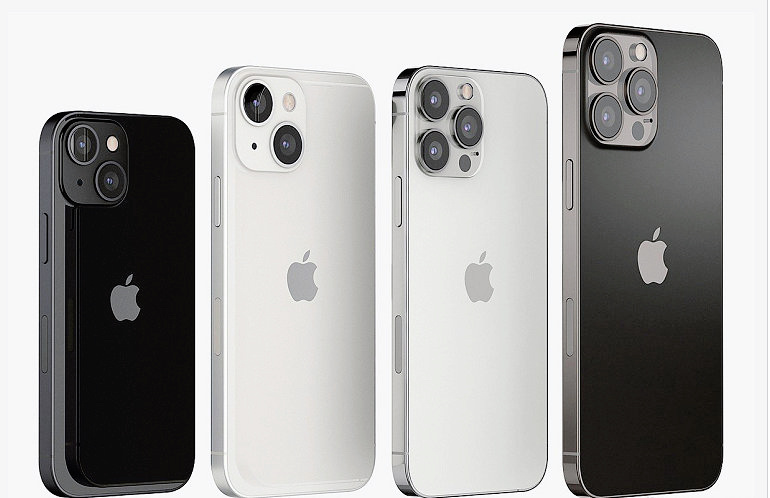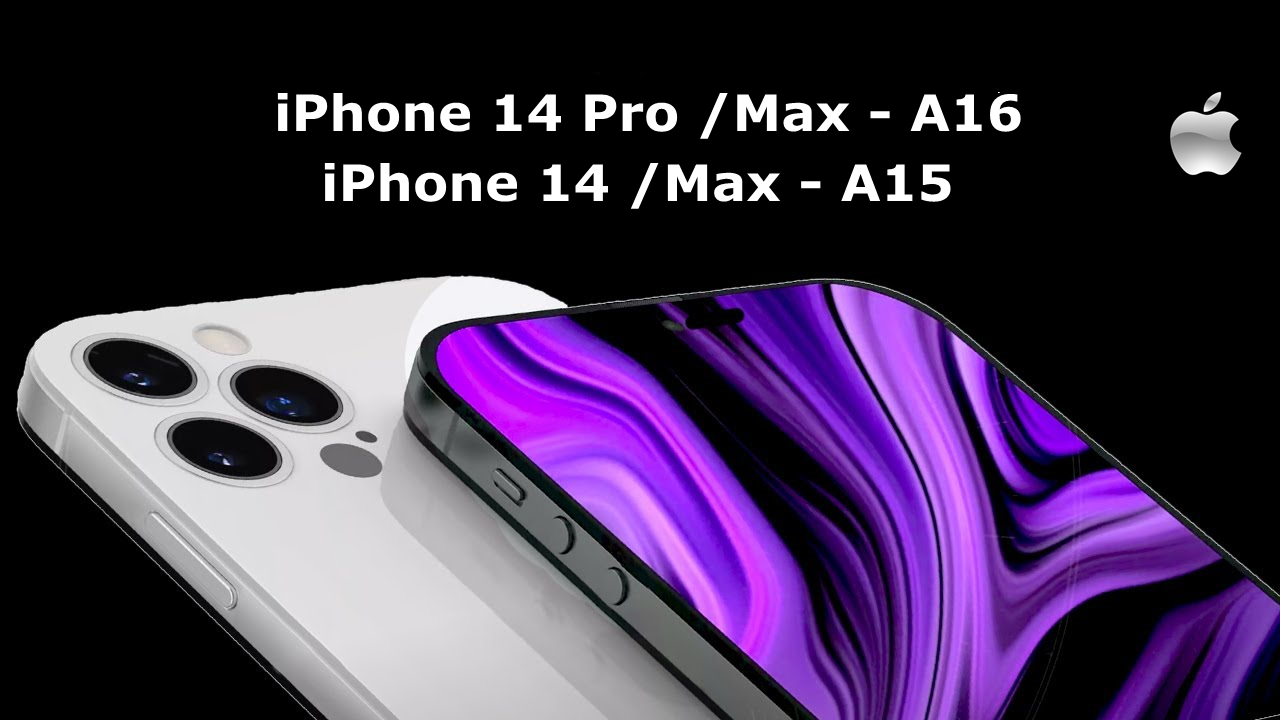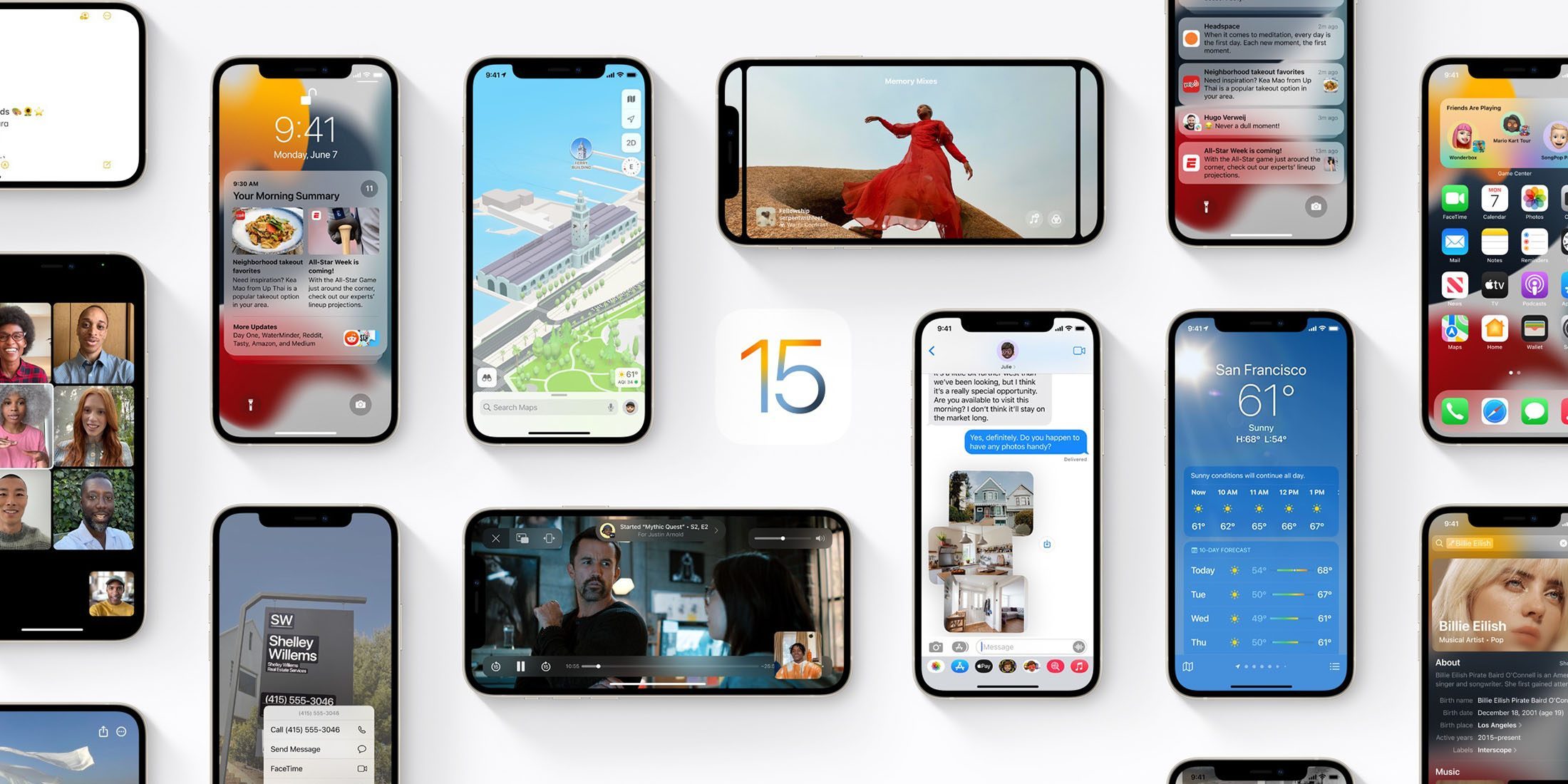At the Apple conference half a month ago, I guess many friends went up to join in the fun.
New phones, new computers, new chips. . .
One of the most impressive ones must be the new top-of-the-line chip: the M1 Ultra.
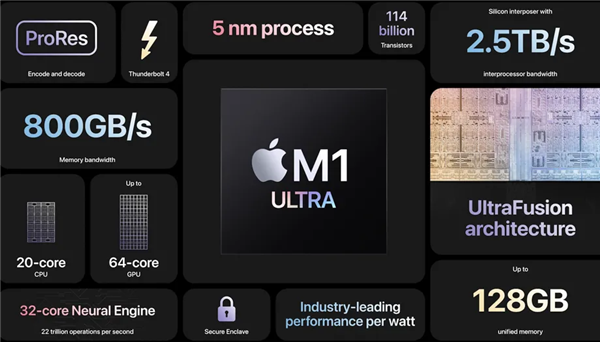
There is a feeling: Apple should not glue the two M1 Max together! ! !

Don’t tell me, that’s what Apple really does! ! !
And the multi-core running score of the M1 Ultra is just twice that of the M1 Max, and the chip that Apple has taken off has doubled.

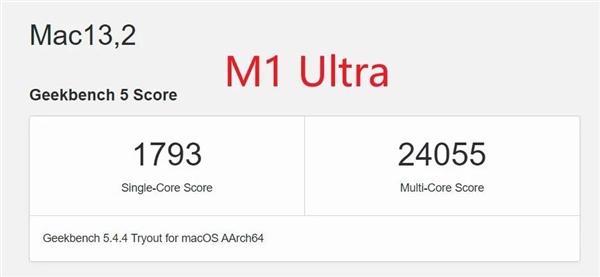
Real glue? Fake glue?
What’s wrong with this! Because, “glue chips” like M1 Ultra have not been made before, and they all overturned.
More than a decade ago, both Intel and AMD were engaged, and the two were still arguing about a “true and false quad-core”.
As a result, the multi-core processor finally built by splicing chips, due to poor performance coordination across chips, the actual performance is one-by-one…
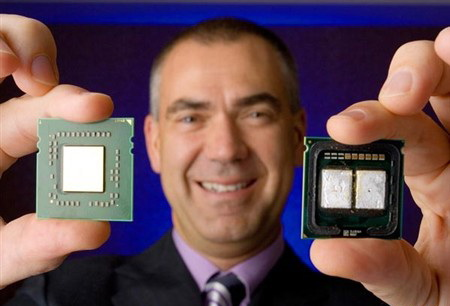
Not only the CPU, Lao Huang also made a “dual-core graphics card” such as the GTX 690, claiming to double the performance. As a result, in most games, only one of the cores can be called for rendering.
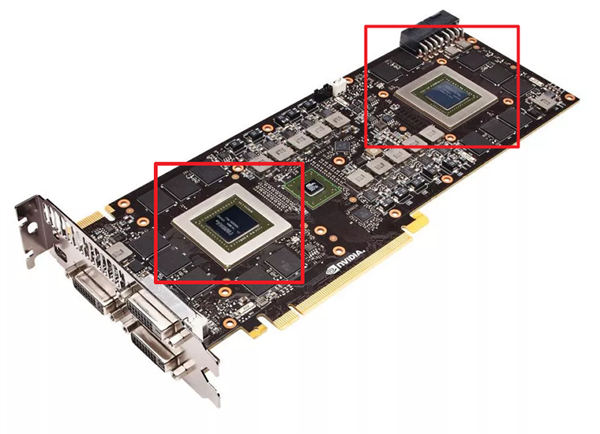
In other words, in most cases in the past. “Glue chips” are all — pay for two chips, get a chip job.
That. . . Why is the M1 Ultra made by Apple this time, different from the old predecessors who walked on this road before. By splicing two chips, it can achieve 100% performance doubling? Because ah, Apple has done enough in the communication between the two chips.
If you have seen the introduction of the M1 Ultra chip on Apple’s official website, you will see such a video.
In the video, there is a thin layer of tape between the two chips stitched together. Apple officially calls it Ultra Fusion. And despite how thin this thing is, it can carry 2.5 TB/s of data traffic.
Note, it’s 2.5 TB! every second!
What is this concept? Let’s cite a few examples that may not be appropriate. 5G is fast enough, we don’t think we need this speed in our daily life.
Ultra Fusion is 1000 times the theoretical limit speed of 5G of 2.5GB/s, and nearly 80 times the theoretical speed of the PCIE 4.0 x16 slot of the computer graphics card.
According to Apple’s press conference, the performance of Ultra Fusion is more than 4 times higher than that of other flagship multi-chip interconnect technology. Even the latest glue architecture NVIDIA Grace Hopper just announced by Lao Huang on GTC, the on-chip interconnection speed is only 900GB/s.
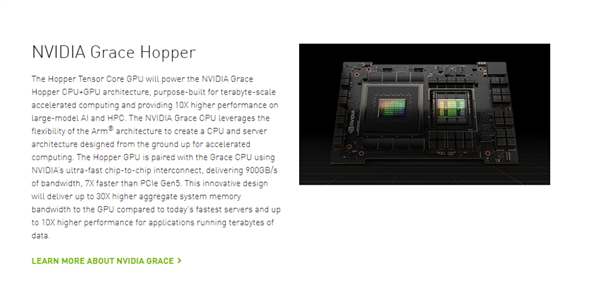
We don’t know exactly what process Apple used this time. Some people say it is a CoWoS-S package with TSMC, and some people guess it is an INFO-LSI package.
But we don’t have to bother to remember these names, as long as we know that they are very very very NB.
In the past, the “glue chips” that were overturned in the past, although the multi-core scheduling effect of the chip itself was very good, the result was that they could not coordinate with each other what tasks to do.
Apple’s approach this time is very simple.
Your communication is too slow, right? You have poor communication, right?! I will install a 2.5 TB/s communication bandwidth for you to play slowly. Crude, direct, but useful. In Apple’s official publicity, most of the units between the two chips can exchange information and data directly through Ultra Fusion.
In this way, the full utilization of different CPU and GPU computing units is realized, and the data delay is greatly reduced.
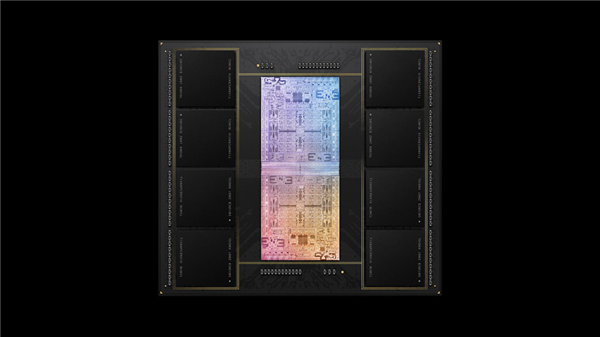
So, it is different from those glue chips in the past, after solving the problem of on-chip communication.
Apple’s glue chip doesn’t need to be treated as a “dual-core chip” at all.
For developers, there is also no need to do additional processing for multi-chip processes as in the past. Because Apple has helped you optimize the two chips into a whole.

Chiplets? Big chip?
But some friends may be curious: Why does Apple have to study the troublesome thing of putting two chips together.
Just like the previous M1 → M1 Pro → M1 Max, why not design a complete chip with a larger size? Isn’t this more efficient and less hassle?
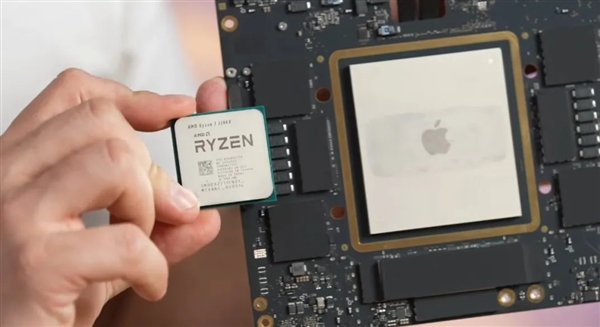
It’s just that the cost of producing a single-chip ultra-large-scale processor, even if it is a big tyrant like Apple, can’t afford it or can’t bear it.
Speaking of this, we have to talk about the cost control of chip research and development: we all know that chips are cut on wafers.
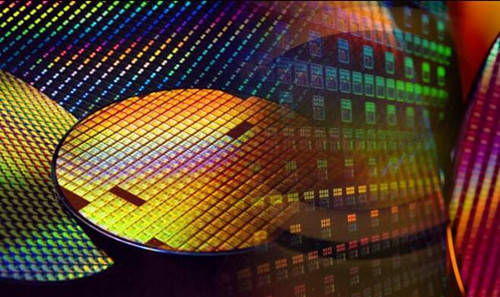
A wafer, as the name suggests, is a circular part, while most of the common chips are a square structure.
When cutting, it will be embarrassing to find that the larger the square chip is. . . The easier it is to waste and cause side waste.

This wasted leftover material is all a waste of money.
Moreover, when we make chips, we have to consider a yield problem. After a wafer is photoetched, some circuits will be damaged more or less.
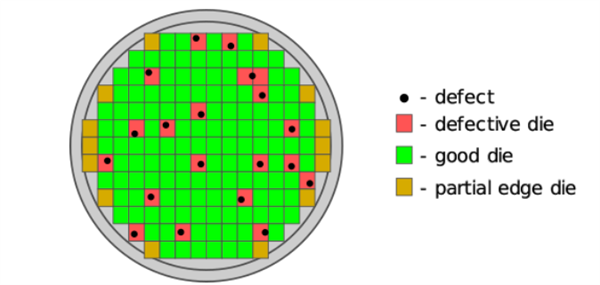
And super-sized chips. . . On the other hand, the output itself is small, and it is easy to break.
So Apple, designed with glue chips, actually gave itself enough retreat:
When preparing for production, just follow the specifications of the M1 Max.
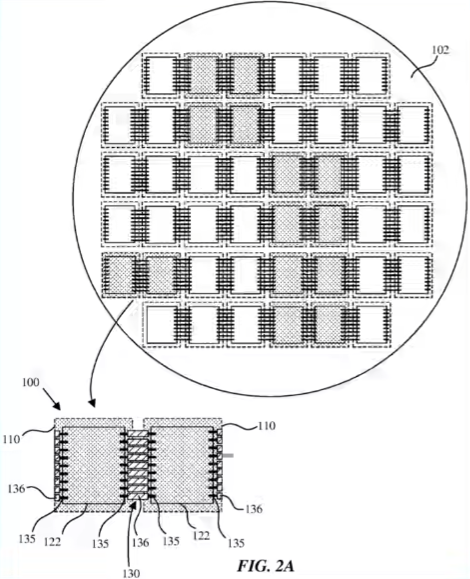
After the production is completed, find the adjacent and intact circuits, put them in pairs, install the Ultra Fusion and cut them out, that is a brand new M1 Ultra.
The remaining chips that are not matched in pairs but have good performance can be sold as normal M1 Max.
Speaking of which is not over yet, what if this M1 Max is also broken?
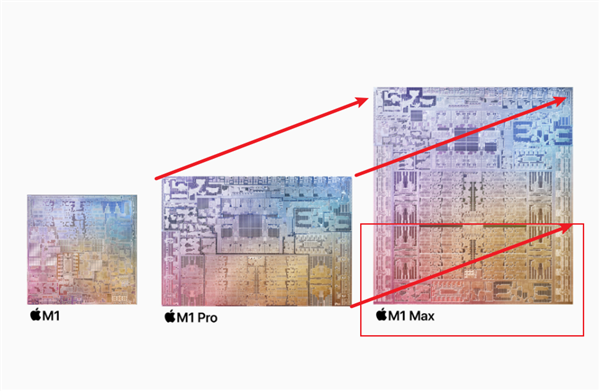
If this M1 Max is just broken at the bottom, you can also cut off the lower half of the GPU and memory controller and continue to sell it directly as an M1 Pro.
In other words, regardless of the fact that the M1 family has four brothers, in theory, as long as two production lines are opened, all of them can be produced for him. . .
This knife. . . Old Huang is ashamed. In fact, before the press conference, many netizens were already guessing that Apple would give everyone such a “glue chip”.
However, everyone’s speculation at the time was wilder, and they all believed that Apple would also bring a four-chip interconnected M1 Super Special Final Ultra Pro Max. This is how long it is.

Or maybe so.
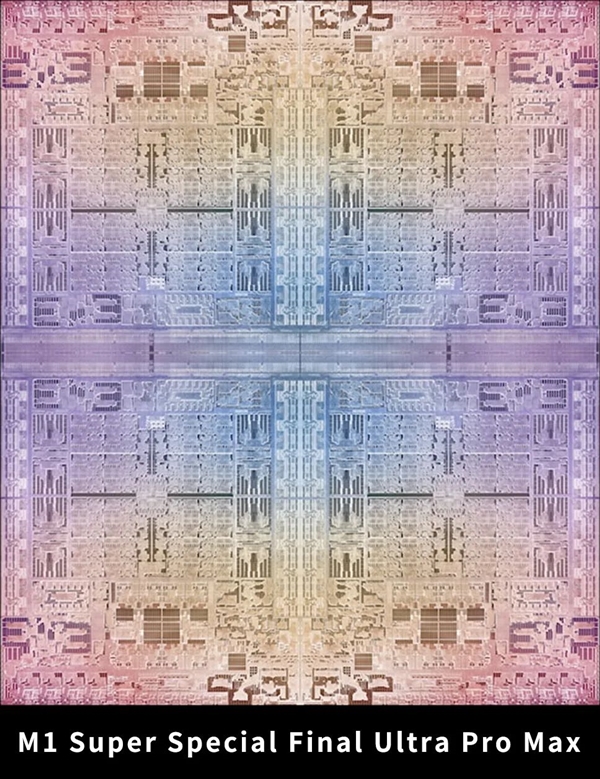
That power. . . But really can not imagine.
Make a single core? Plastic multi-core?
Although this M1 Ultra, we finally only saw the glue stickers of two chips, but at the end of the conference, Apple also emphasized that the entire desktop-level processing upgrade is not over yet.
Maybe wait until the fall, the apple that appears in front of us can go a step further.
The four chips were glued together and mounted on the Mac Pro.
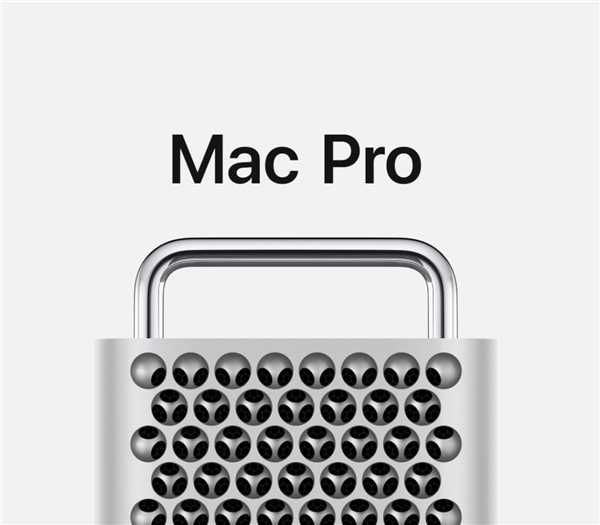
Having said that, the chip at Apple’s conference, although the performance is ruined. . .
But for us ordinary consumers, it may also be a joy. Who can afford tea eggs (dog head).
But for some chip manufacturers, Apple is also making a sample for them. In the past few years, every year, many people can see that Moore’s Law is bad.
With the continuous improvement of semiconductor process technology, the cost of producing chips is also rising. But the cost has come up, but the products made cannot satisfy consumers. Especially on the mobile phone SoC, it has been frequently rolled over in the past two years.
In this environment, the vision of chip manufacturers has once again fallen to multi-core integration. If a single core is not enough, use multiple cores to make up;
Although the “glue chip” can only solve the urgent need for performance, it cannot fundamentally increase the density of transistors, but in fact, manufacturers have not put it down in recent years.
Like Intel and NVIDIA, although the quality of the glue they made in those years was not good, they have also continued to launch new “synthetic large chips” in recent years.
Don’t look at today, Apple used 2.5TB/s “glue” to come out on top for a while. However, the development of technology is also changing with each passing day, and new technologies and new processes of various manufacturers are emerging one after another.
Who can have the last laugh in this semiconductor war without gunpowder smoke, and there is no guarantee. I want to really make “One More Thing” that makes everyone “bright eyes”.
Glue alone is not enough…

